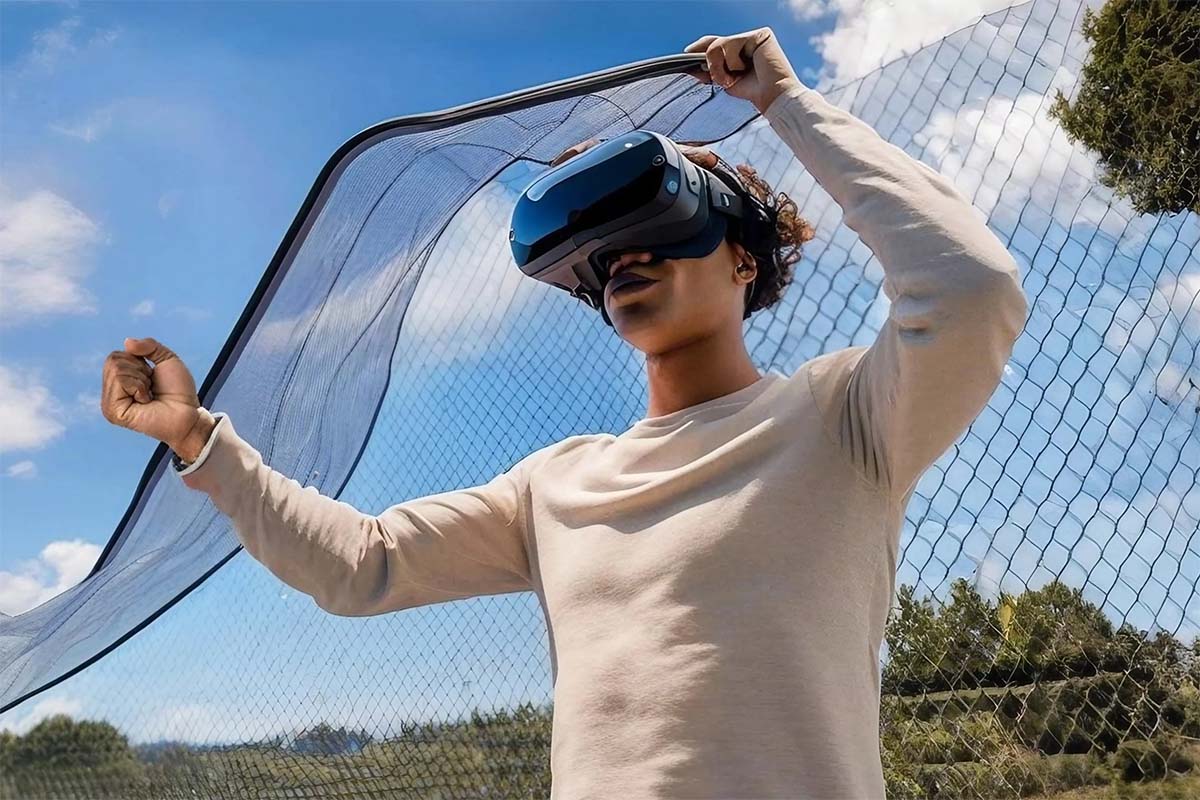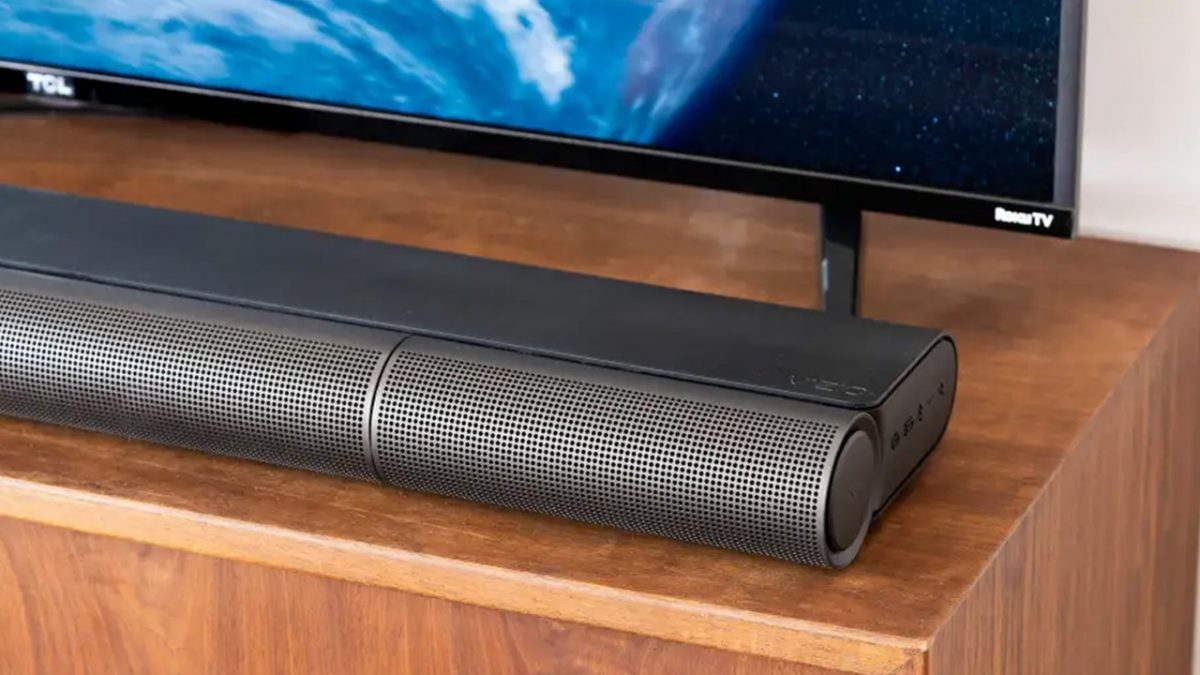Understanding the Screen Door Effect in VR Headsets
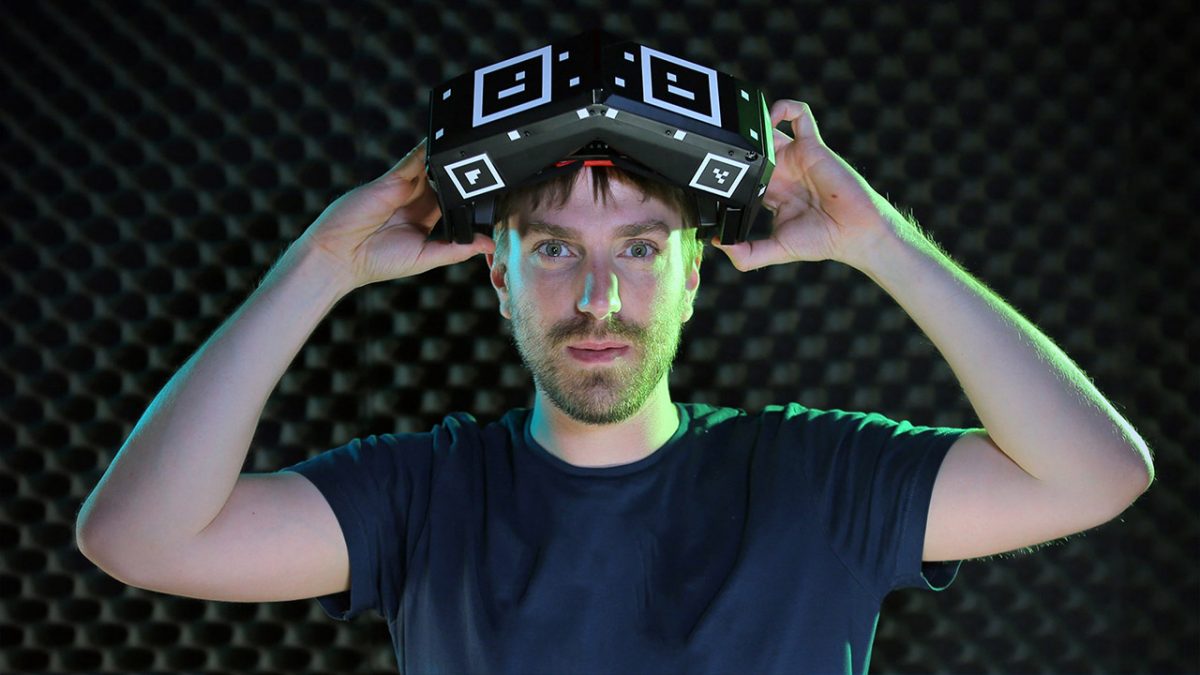
If you are conducting research on VR headsets, it is likely that you will encounter references to the screen door effect. Due to the close proximity of the display in a VR headset to the user's eyes, it is sometimes possible to perceive the gaps between pixels, resembling the appearance of looking through a mesh screen or window covering.

This visual occurrence is observable across VR headset models, ranging from economical to premium offerings. While there is currently no definitive solution to entirely eliminate the screen door effect, various headset manufacturers have implemented distinctive approaches to address the issue.
This article will address everything relating to the screen door effect such as how it’s caused and what manufacturers are doing to lessen its prevalence in VR headsets.
Solving the Screen Door Effect
The Screen Door Effect is a hindrance to comfortable and successful VR experiences, but it doesn’t have to be. As we’ll explore below, there are numerous ways in which manufacturers are attempting to rectify the issues that result in this effect.
Increasing pixel density
The screen door effect in VR headsets can potentially be mitigated by manufacturers through increasing pixel density, which reduces the gaps between pixels and makes them less noticeable to the user. While a midrange smartphone typically has a pixel density exceeding 300 pixels per inch (PPI), surpassing the resolution of the human retina, even a high-resolution display such as the 460 PPI retina-resolution screen of an iPhone 14 Pro would still exhibit the screen door effect in a VR headset.
Despite the budget-priced Meta Quest 2 boasting a display resolution of 773 PPI, the gaps between pixels remain visible on this and many other VR headsets, especially to those with a keen eye who closely examine the display. The proximity of the VR headset's screen to the user's face, less than two inches away, significantly increases the level of visible detail, including the pixels and the space between them.
Due to the close proximity of the VR headset's screen to the user's eyes, it would ordinarily be difficult to perceive objects with clarity. However, the lenses within a VR headset are specifically crafted to enable the eyes to focus on nearby objects. This design feature, unfortunately, contributes to the screen door effect, which necessitates the implementation of a highly dense and costly display to eliminate visible pixel gaps. Fortunately, there exist cost-effective alternatives that offer viable solutions to this problem.
More effective arrangement of subpixels
Inexpensive VR headsets may not be able to increase pixel density, but the screen door effect can be minimized by arranging the red, green, and blue subpixels to reduce visible gaps between pixels. Subpixels are minute electronic components that are combined within a display to produce a vast spectrum of colors for each pixel.
Analogously, the full-color prints produced through paper and ink can be inspected using a magnifying glass to view the tiny dot patterns known as halftones, which enable printers to recreate photographic prints using four colors. In the case of displays, these tiny dots consist of light instead of ink or toner, but the result is the same - the human eye blends multiple subpixel colors to form a larger pixel.
Related: Risks and benefits of VR Headsets
The arrangement of subpixels utilized in a display can significantly impact the level of screen door effect. Among the most common subpixel arrangements are PenTile and RGB stripe. PenTile is typically regarded by display experts as having a lower effective resolution due to the grouping of its subpixels. In contrast, RGB stripe employs the traditional arrangement where each pixel contains red, green, and blue subpixels, which generally reduces the occurrence of screen door effect.
However, cost is a significant factor in the choice of subpixel arrangement, particularly when a VR headset is equipped with advanced tracking, sensors, and chips. As a result, budget VR headsets may still experience screen door effect despite having a respectable resolution. For instance, the newly launched PlayStation VR2 utilizes PenTile OLED displays, compelling Sony to adopt alternative measures to minimize the screen door effect.
Effective use of diffusers and coatings
One cost-effective method to eliminate the screen door effect is to enlarge the pixels, effectively reducing the gap between them. This can be achieved by incorporating diffusers or coatings into the display.
While both diffusers and coatings lead to the same outcome of larger, softer pixels that conceal the screen door effect, they can also induce a slight blur in the display. This blur is present at the pixel level and may only be discernible in high-contrast regions, such as text.
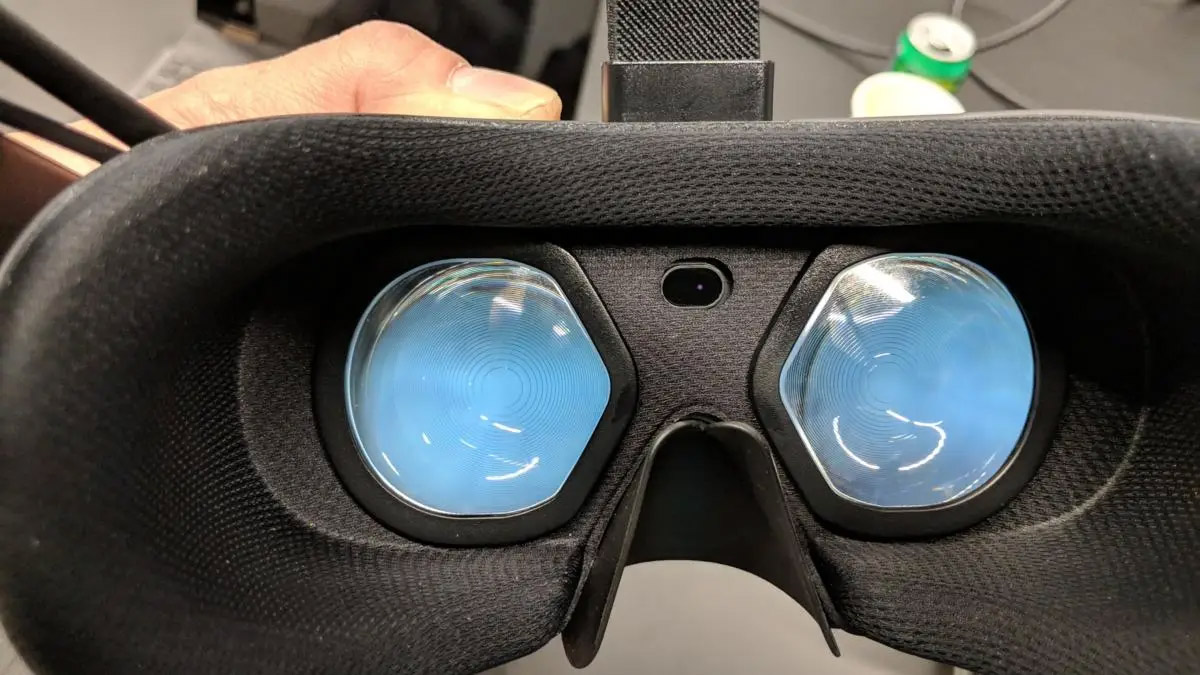
Which headsets are most affected by the Screen Door Effect?
Individual sensitivity to the screen door effect varies significantly, with some individuals perceiving it more prominently than others. If the screen door effect is distinctly noticeable and bothersome in one VR headset, it is likely to be similarly perceptible in most other headsets as well.
Most VR headsets feature displays with a resolution of approximately 2,000 x 2,000 pixels per eye and employ RGB stripe subpixels. This includes the Quest 2, Quest Pro, Pico 4, HTC Vive XR Elite, and HP Reverb G2.
The PSVR2 display is slightly denser in pixels but utilizes PenTile subpixels, which elevates the likelihood of screen door effect. Sony has addressed this by implementing a coating that reduces screen door effect at the expense of some sharpness.
The Valve Index, a highly regarded headset, utilizes a relatively low-resolution display of just 1,440 x 1,600 pixels per eye, which can make screen door effect more noticeable to individuals who are sensitive to this effect. The degree to which an individual notices the screen door effect is subjective and personal, akin to motion sickness.
The Varjo Aero is a top-tier VR headset and one of the few currently accessible with a pixel count that is high enough to eliminate screen door effect. With a resolution of 2,880 x 2,720 per eye, the resulting image is remarkably clear and dense. However, the inclusion of such a high-quality display comes at a considerable cost. To fully utilize the Varjo Aero's display capabilities, a robust PC with a high-performance GPU will be necessary to drive the high-resolution display at a satisfactory frame rate.
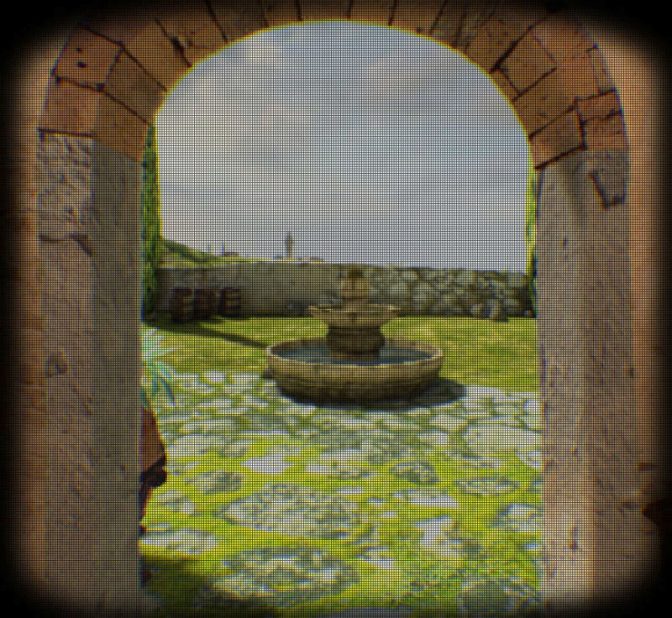
Solutions abound but the problem persists
In reality, there is no single VR headset that is flawless and can address all the challenges inherent in this developing technology while remaining affordable. Instead, various approaches exist to tackle the challenges that arise with VR technology, and the screen door effect is just one of many concerns.
For those who are new to VR, conducting research is highly recommended. Our regularly updated guide to the best VR headsets can be a valuable resource in making an informed selection. Ultimately, experimenting with various VR headsets can provide valuable insight into personal preferences and requirements.
